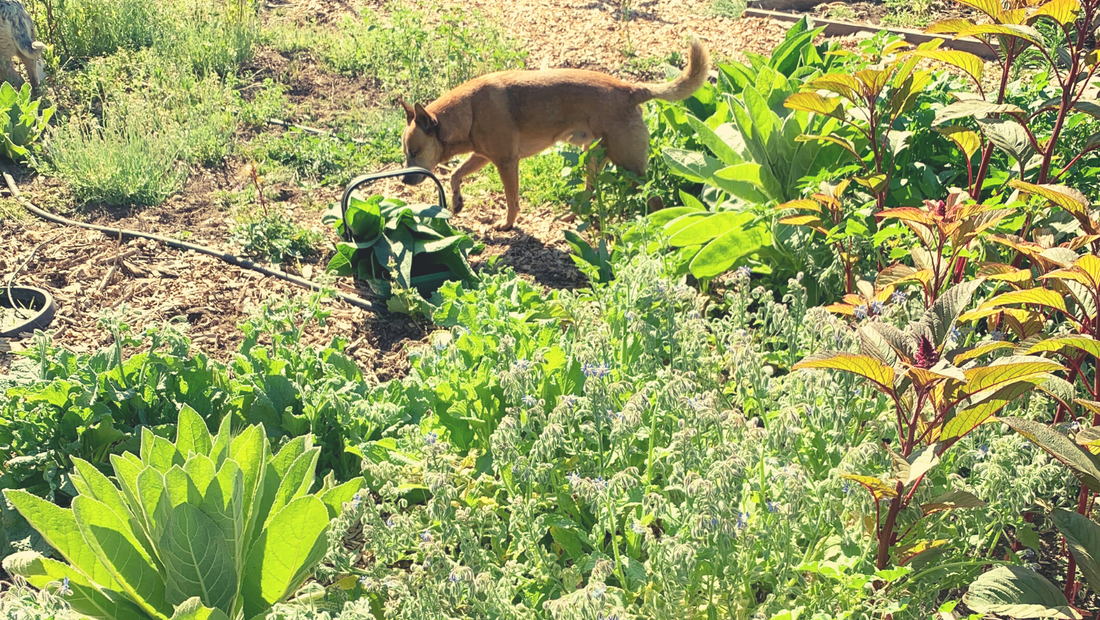
Five Medicinal Herbs Anyone Can Grow + How to Grow, Harvest, and Use
Share
If you have an outdoor garden space and you are NOT growing medicinal herbs, this post is for you! Medicinal herbs aren’t just for herbalists, anyone can grow a patch of powerful healing plants with almost little care - you can truly grow your own patch of first-line defense remedies for many common illnesses and injuries! Medicinal herbs also attract beneficial insects and pollinators, which make our garden, and our planet, healthy and vibrant.
But, if you are new to herbs , or new to using herbs for healing, the options may seem overwhelming It’s hard to decide where to start.
To help, we put together a list of five easy-to-grow, super-powerful medicinal herbs: calendula, yarrow, lemon balm, peppermint, and comfrey. Why everyone? Because these are herbs that my family uses all year long and they are super easy to grow (almost effortless). I can’t imagine not having these plant friends growing in my garden!
If you have all five of these herbs growing in your garden, you'll have a well-rounded medicinal herb garden with plants that provide first-aid relief to the most common ailments.
1. Calendula Calendula officinalis

Calendula is a beautiful medicinal herb that has anti-inflammatory and antimicrobial properties. These cute little flowers are strong, hardy, and have powerful healing properties. Its bright yellow and orange flowers greet you cheerily in the garden from the earliest spring days until the first hard frost of winter. Calendula can be used to treat a variety of skin conditions, including cuts, scrapes, and burns and it is the star ingredient in many of our soothing salves. Calendula can also be used to treat digestive issues, including upset stomach and ulcers. Calendula is not the same plant as a marigold despite its common nickname of Pot Marigold - make sure you are growing Calendula officinalis if you want the medicinal plant
-
Grow it: To grow calendula, plant it in well-draining soil and make sure it gets plenty of sunlight.It's a hardy plant that doesn't require much water, and gophers tend not to eat the plants. Grows great in pots, too!
-
Harvest It: To harvest for medicinal uses, snip or pluck the whole flower buds from the plant. Don’t be shy - the more you pick calendula blossoms, they more they bloom.
- Use it: As a tea taken internally or to make a compress, or as an infused oil, calendula can be used to help
- Relieve digestive issues such as indigestion, and diarrhea
- Skin irritations such as eczema, psoriasis, and acne
- Menstrual cramps and other menstrual issues
- Sore throat and respiratory infections
- Insomnia and anxiety
- Make a soothing salve: Calendula is the key ingredient in our two most popular (and personal favorite) healing salves - Salves it All and Pet Salve - for its abilities to soothe, clean, and speed up healing of wounds and skin irritations.
2. Yarrow Achillea millefolium

Yarrow is a garden superhero - it has so many uses that almost every gardener and herbalist I know keeps Yarrow on their top ten list. As a perennial, meaning it comes back year after year, it’s very easy to grow, drought-tolerant, and pollinators love it! It also mines minerals and nutrients from deep in the soil, bringing it up to the service to be shared with neighboring plants. Medicinally, Yarrow is known for its ability to stop bleeding, treat skin conditions, alleviate menstrual symptoms, and support healthy digestion. It’s anti-microbial and anti-bacterial, making it an excellent first-aid herb.
-
Grow it: To grow yarrow, direct sow seeds or plant seedlings in well-draining soil in a sunny spot. It's a hardy plant that can tolerate drought and will come back year after year. While it's best in the ground, you can grow yarrow in pots.
-
Harvest it: Both leaves and flowers can be used for medicinal purposes. Mash fresh plant matter into a poultice, or collect leaves and flowers to dry and have on hand for tea, oil infusions, or powder.
- Use it: A fresh poultice or dried powder placed directly on a wound will stop bleeding and help kill bacteria. Herb steeped in tea also makes a great wound flush. Yarrow tea may help relieve menstrual cramps, ease digestion, and even relieve toothaches due to its anti-bacterial properties. If you have ragweed allergies, use caution, and Yarrow tea is not a tea to drink daily - it’s recommended to limit use to acute symptom relief.
3. Lemon Balm Melissa officinalis
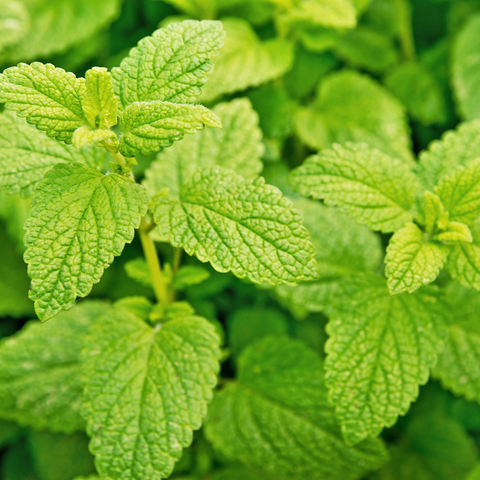
Oh lovely, lovely Lemon balm. This fragrant herb is so easy to grow, looks great in the garden, and has so many medicinal uses. Lemon balm offers gentle calming properties, often used to relieve the symptoms of anxiety, insomnia, and other stress-related conditions. Lemon balm is also great for supporting healthy digestion and can be used to alleviate symptoms of indigestion and bloating. It makes a delicious tea, is safe for children, and it too is a perennial herb, coming back year after year.
-
Grow it: To grow lemon balm, plant it in well-draining soil in a sunny spot. It's a hardy plant that can tolerate drought. Lemon Balm is related to mint and it can spread - if this is a concern to you then I suggest planting it in a container. Frankly we use too much of it for spread to be a problem. Dig up clumps of lemon balm to divide and create more plants. great container plant!
-
Harvest it: Shear the plant almost to the ground when leaves fill in and before it flowers. It will grow back continually.
- Use it: Fresh lemon balm makes a wonderful tea or flavor-addition to water. We also use fresh lemon balm for our Lemon Balm Bliss Extracts for an easy mood adjustor during times of stress or anxiety. Dried lemon balm is used in tea and can also be infused in oils for topical relief. In fact, lemon balm salve is a topical great remedy for cold sores, shingles, chicken pox, and other skin issues caused by the herpes virus. Kids tend to enjoy lemon balm, so it's a good aid to help the littles with anxiety, tummy aches, and to help them sleep.
4. Peppermint Mentha × piperita

Peppermint is known for its ability to soothe digestive issues such as nausea, bloating, and indigestion. Peppermint contains menthol, which has a cooling effect and can help to relieve headaches and muscle pain. The herb has also been shown to improve respiratory function and alleviate symptoms of colds, flu, and allergies. Inhaling the scent of peppermint can help relieve minor headaches, and clear congestion Peppermint can be consumed as a tea, used as an essential oil, or added to foods as a flavoring agent. However, it's important to note that peppermint can cause heartburn in some people, so it should be used in moderation and avoided by those with acid reflux or GERD.
-
Grow it: Peppermint grows prolifically and can be invasive, so you’ll want to plant this in a container unless you don't mind finding peppermint in random places. Pick up a starter plant from your local nursery, plant it, and watch it grow! For fun, experiment with the many different varieties of mint such as spearmint, chocolate mint, or apple mint!
-
Harvest it: Like lemon balm, you can sheer any type of mint, leaving a couple of inches of growth, then use the leaves fresh or dried. Or simply pluck leaves as needed.
- Use it: There is nothing like a cup of fresh mint tea after an indulgent meal! Tea is our favorite way to enjoy mint for any of the reasons listed above. Steep your fresh mint leaves in boiling water for about five minutes and serve, or steep dried leaves for about 10 minutes. Drink the tea, or inhale the steam, depending on your intended use.
5. Comfrey (Symphytum)

Comfrey is a powerful medicinal herb that has been used for centuries to promote healing. It is a hardy plant that is easy to grow and has a range of benefits for both the garden and the body. And, it is simply beautiful, it may be one of our favorite medicinal herbs. Comfrey leaves contain allantoin, which promotes cell growth and helps to heal wounds and skin irritations. Comfrey’s deep roots help to improve soil quality by pulling nutrients up from the depths.
We grow a hybrid of Russian Symphytum asperum and European Symphytum officinalis called Bocking 14 cultivar of Russian Comfrey (Symphytum x uplandicum). This hybrid is sterile - meaning that it does not make seeds - which is good because traditional comfrey can spread easily and once it's planted, it's pretty hard to remove.
-
Grow it: To grow comfrey, simply plant it in well-drained soil and give it plenty of sun or partial shade. You can start many pants from one root cutting. Plant comfrey near fruit trees or shrubs that would benefit from the boost in nutrients and soil quality that comfrey can provide. Comfrey grows best in the ground, although you could probably grow it in a very deep pot (comfrey roots can grow 6 feet deep or more!).
-
Harvest it: Harvest leaves throughout the growing season by cutting the leaves at the base of the stem. Dig up comfrey root in early spring or fall to use for medicinal purposes or to propagate more plants. Honestly, you can dig it up any time of year, depending on your climate.
-
Use it: Comfrey is a true workhorse plant - it would take much more space to list its uses than we have in this post. Here’s a short list for you:
-
Fertilizer: The leaves can be cut back and left on the soil, or “Chopped and dropped” to fertilize plants, and they also make an incredibly potent natural fertilizer when combined with water. simply crush the leaves and apply them topically to the affected area or use them to make a salve or poultice
- Herbal Remedies: Comfrey is one of the key ingredients in our popular Pain Salve - it's healing properties are powerful and effective. Make a poultice of fresh comfrey leaves, or infuse dry leaves in oil and apply to wounds, skin irritations, sprains, fractures, bruises, or arthritic inflammation to reduce swelling, relieve pain, and promote cell growth and regeneration. Comfrey has been shown to have a positive effect on bone health and can help to promote healing of bone fractures. We're currently experimenting with a comfrey leaf mouth rinse to help restore enamel and support overall gum and tooth health - stay tuned for results!
Of course, there are SO many herbs that could have made this list. If you want more, here is an expanded list of must-grow medicinal herbs that we make sure to grow in abundance each year:
- Plantain Leaf: Soothes skin irritations and insect bites, helps with wound healing, and has anti-inflammatory properties.
- Rosemary: Enhances memory and concentration, relieves stress and anxiety, and improves digestion.
- Echinacea: Boosts the immune system, helps prevent and treat colds and respiratory infections, and reduces inflammation.
- Elecampane: Helps with respiratory issues such as coughs and bronchitis, improves digestion, and has expectorant properties.
- Stinging Nettle: Provides relief for allergies, improves digestion and kidney function, and is a natural diuretic.
- Oregano: Has antibacterial and antifungal properties, helps improve digestion, and may help boost the immune system.
- Parsley: Supports kidney function and detoxification, freshens breath, and is high in antioxidants and vitamins.
- Cilantro: Helps with heavy metal detoxification, promotes healthy digestion, and has anti-inflammatory properties.
It's important to note that these are general benefits, and not everyone may experience the same effects from these herbs. Always consult with a healthcare professional before using any herbs as a treatment for any medical condition, especially if you are pregnant, nursing, or take prescription medications.
So there you have it! Five herbs that are easy to grow and have a host of uses in the home, medicine cabinet, and garden. If you are just getting started with gardening or growing your own herbs for medicinal purposes, these herbs will build your confidence and inspire you to explore even more medicinal herbs for the garden!
What herbs are you growing this year? We'd love to know! Leave a comment below.

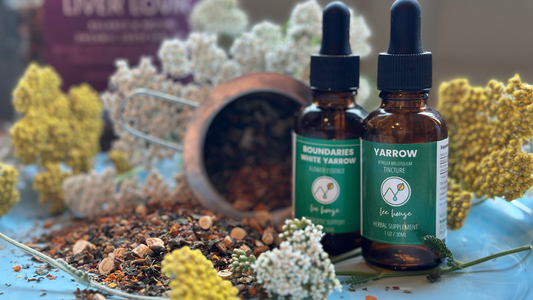
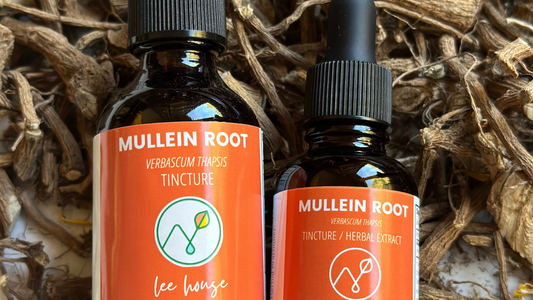

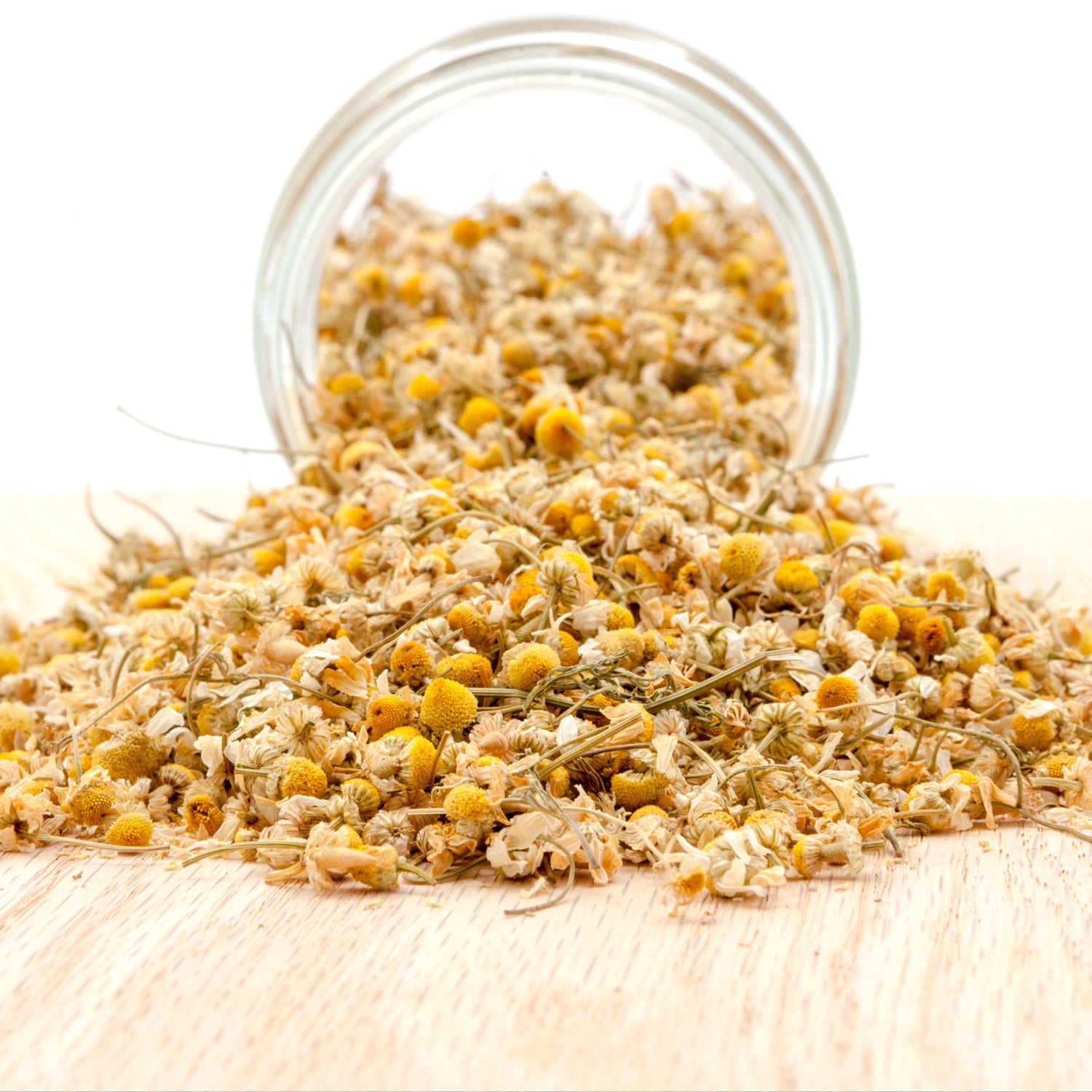
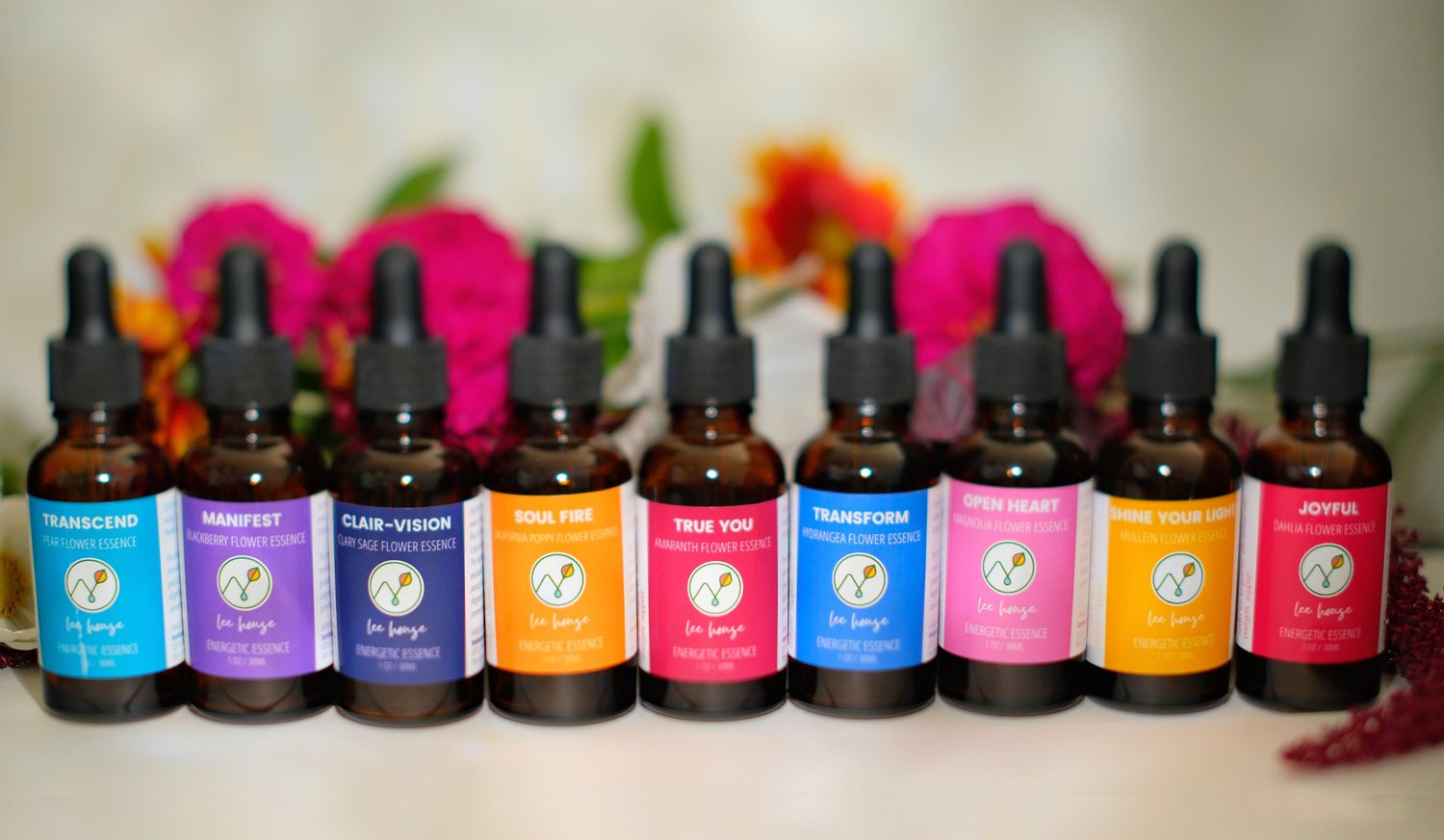
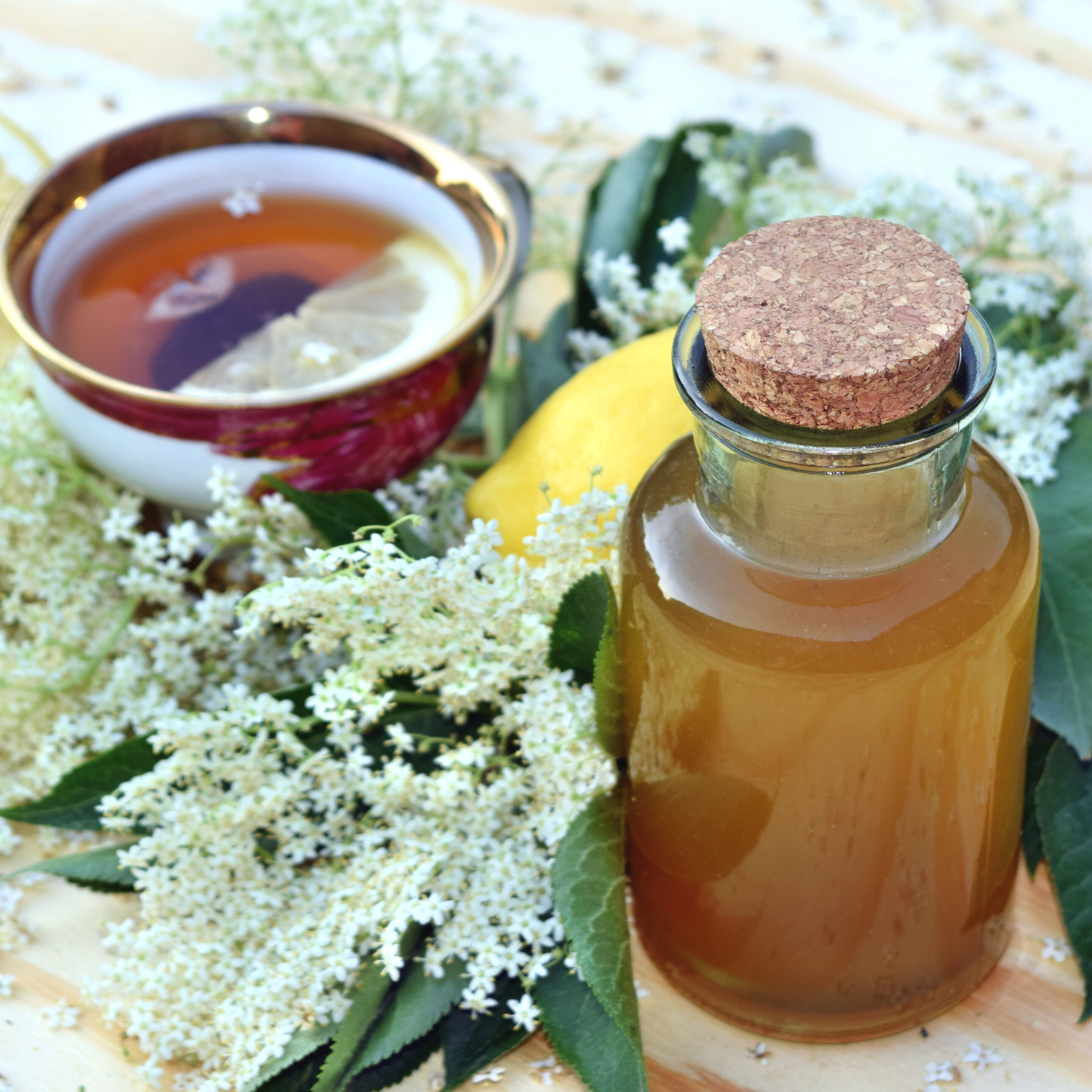
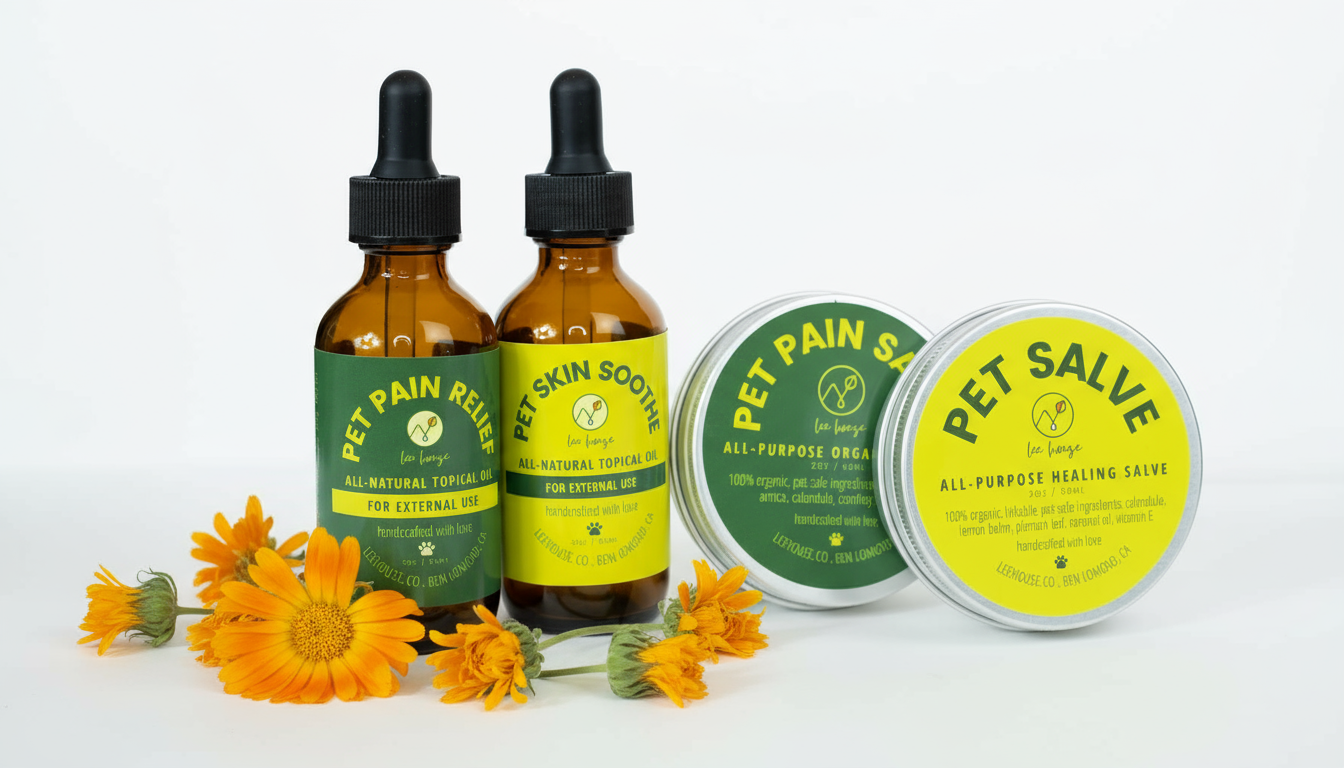
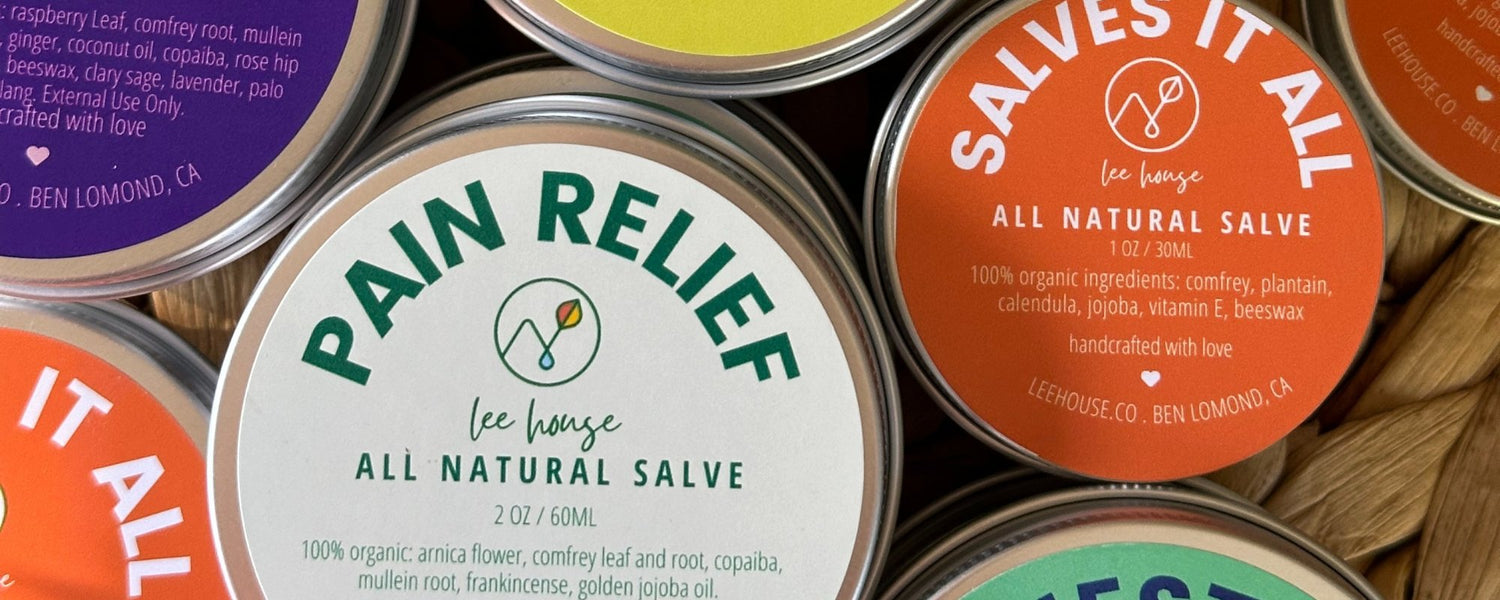
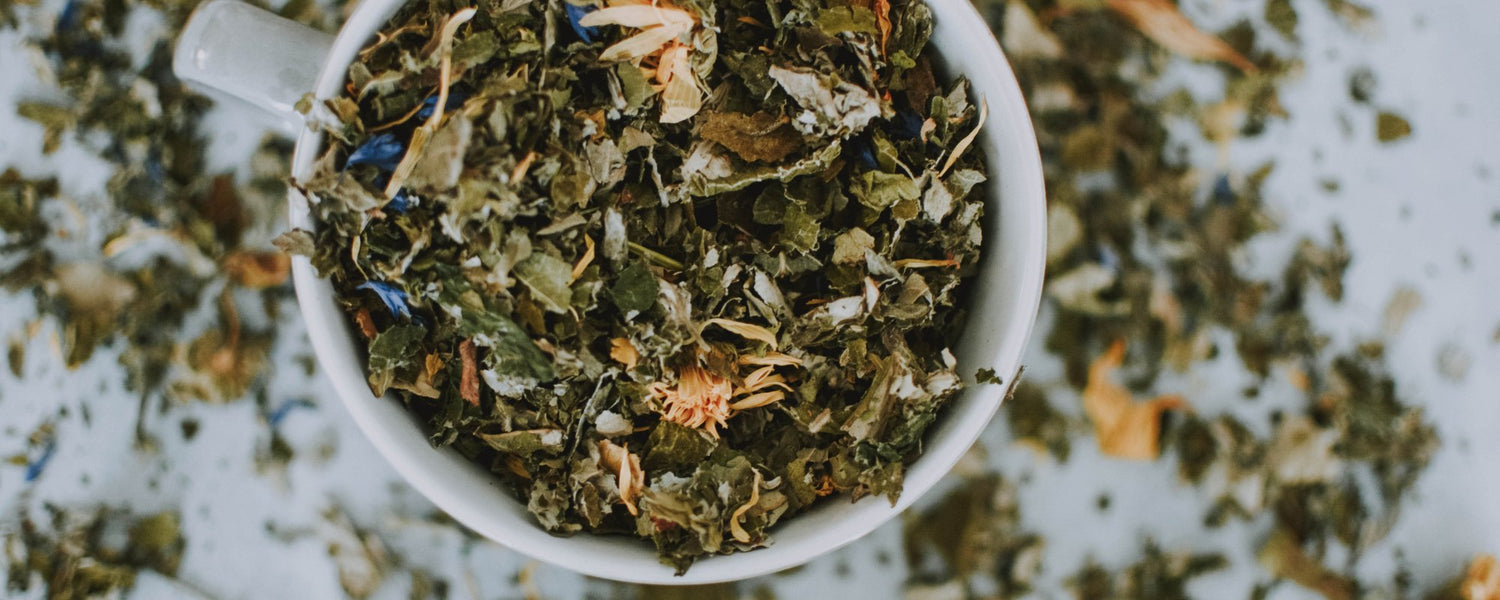
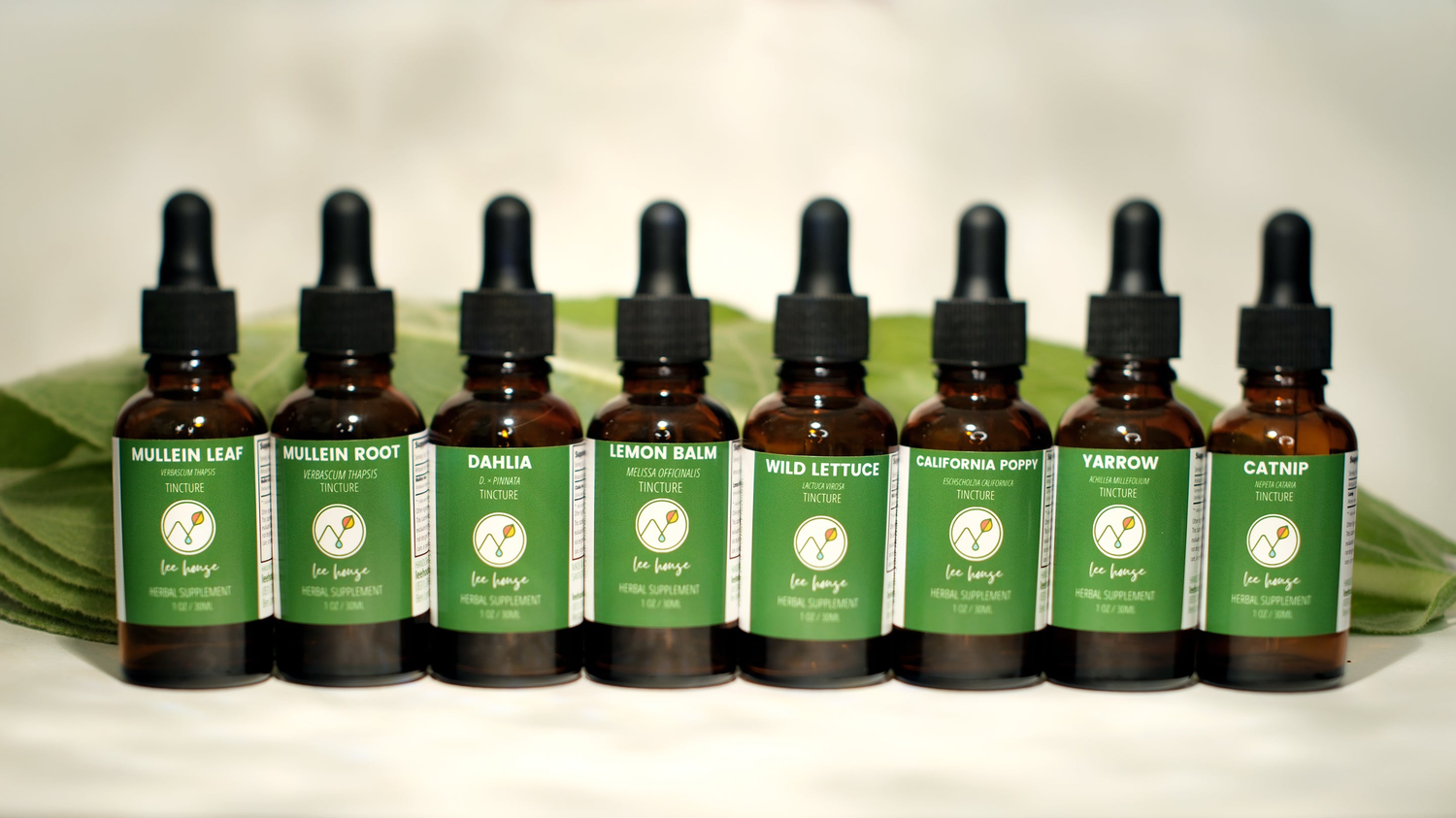
1 comment
Thank you for info I needs all this herbs